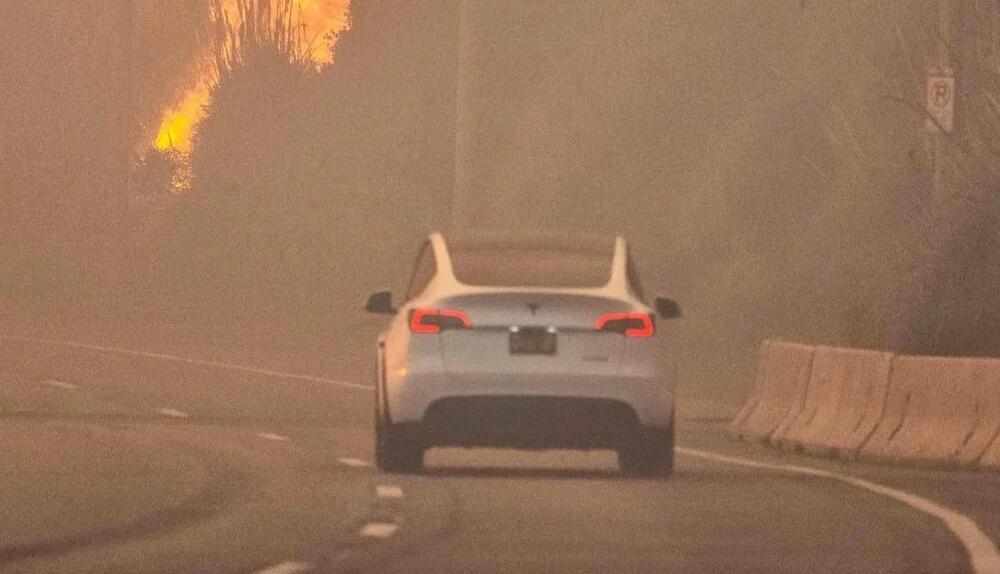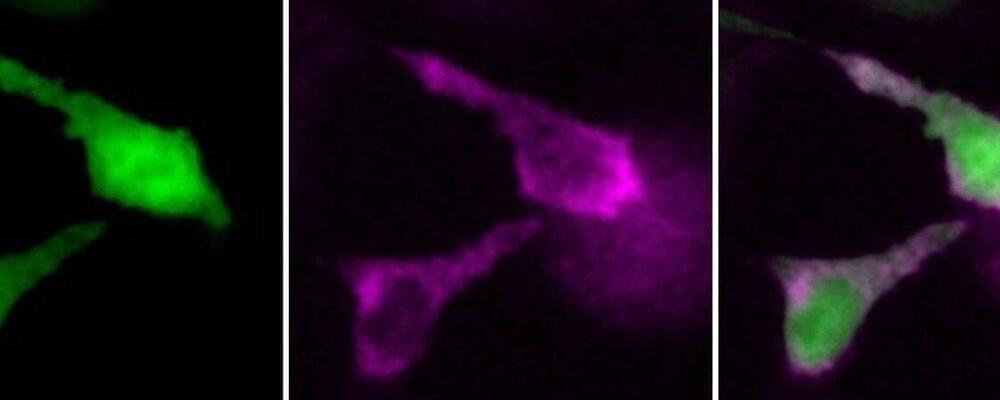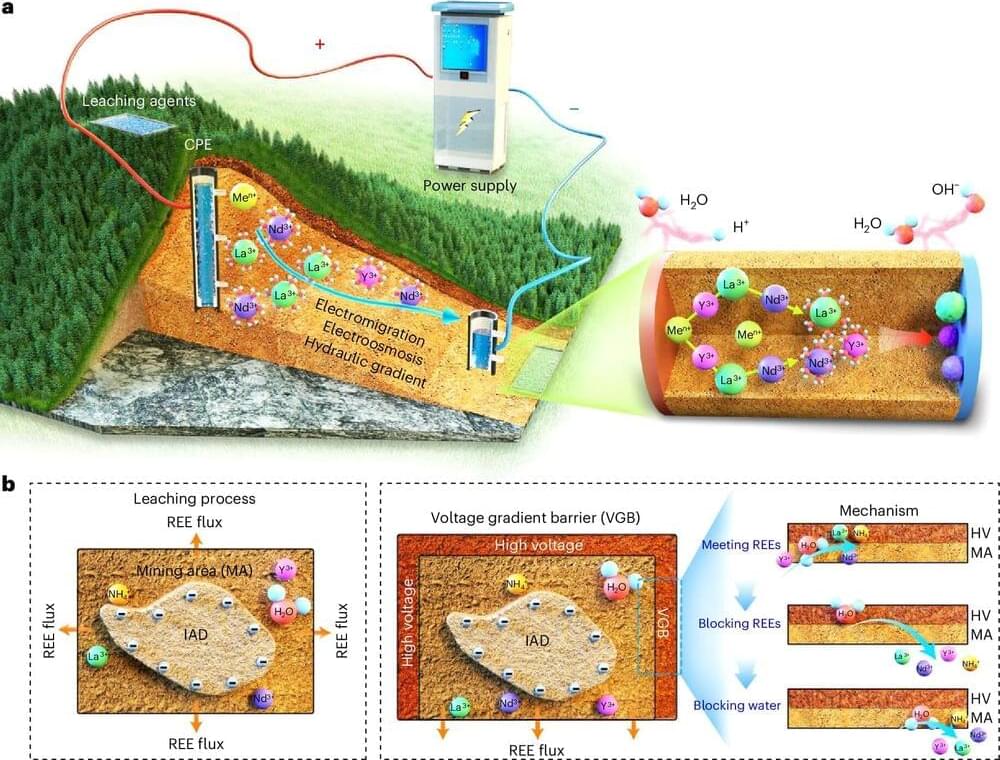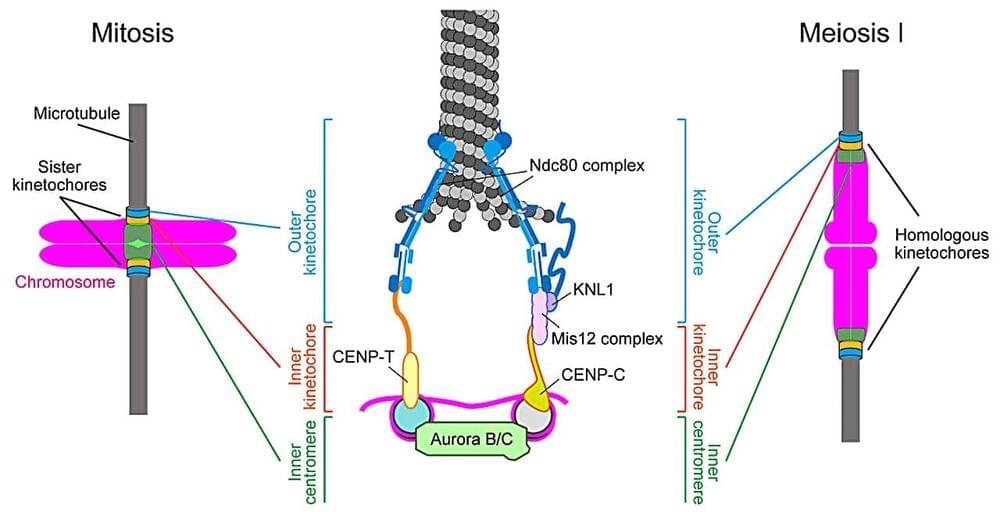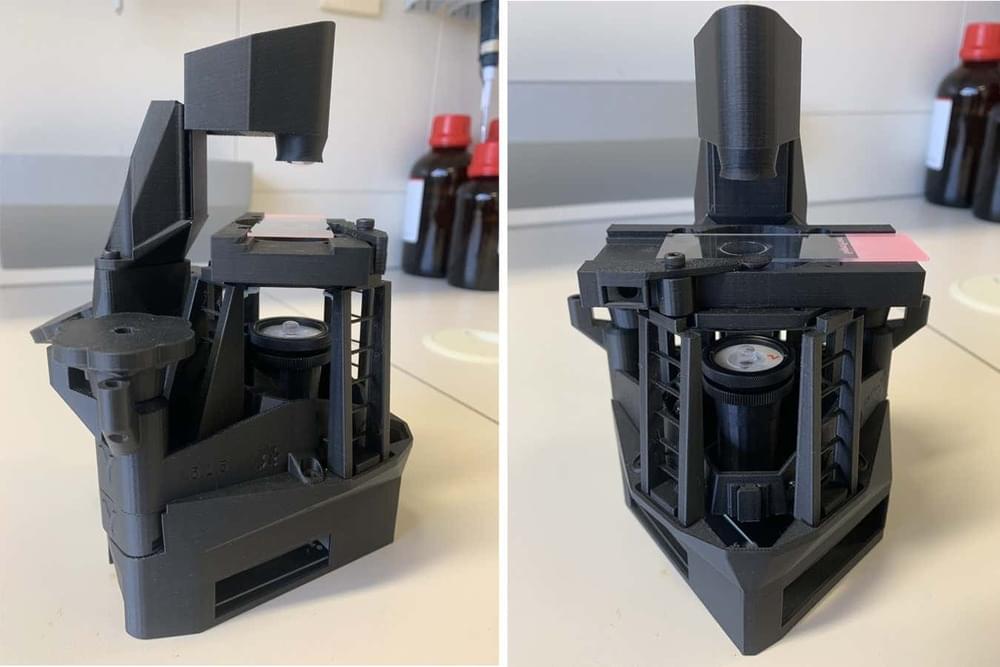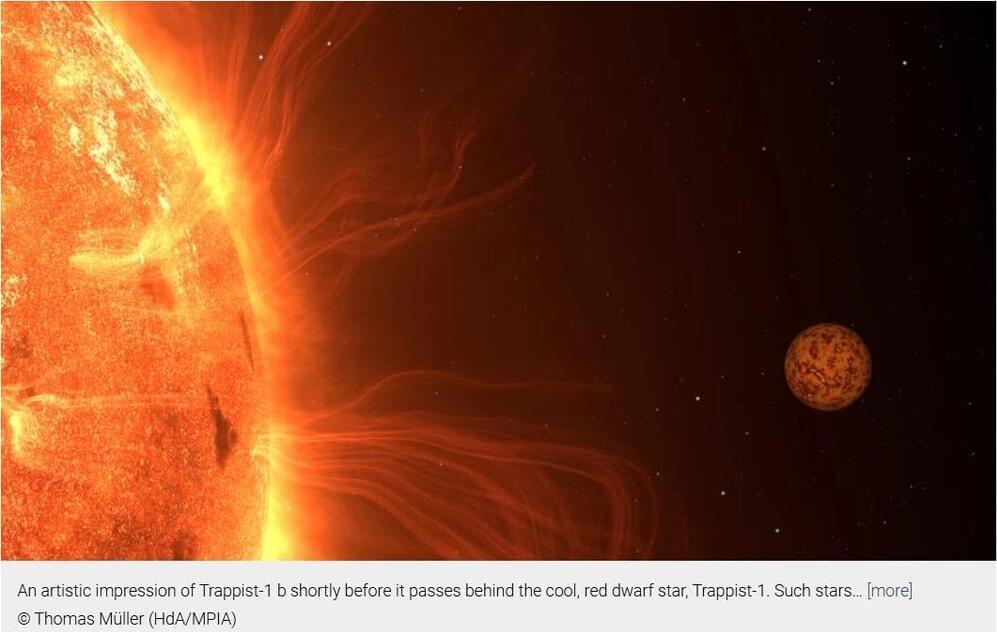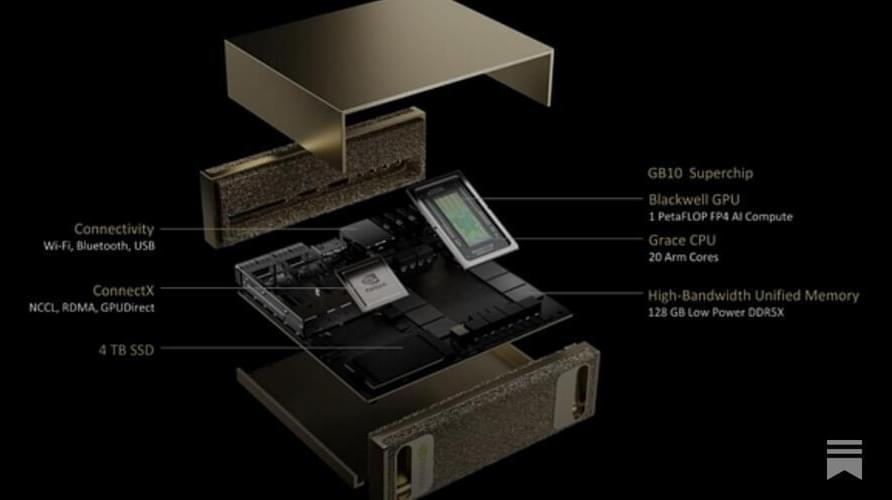Jan 10, 2025
UConn, NORDITA, and Google Reveal Gravity As Both Friend and Foe of Quantum Technology
Posted by Cecile G. Tamura in categories: quantum physics, robotics/AI, satellites
The mention of gravity and quantum in the same sentence often elicits discomfort from theoretical physicists, yet the effects of gravity on quantum information systems cannot be ignored. In a recently announced collaboration between the University of Connecticut, Google Quantum AI, and the Nordic Institute for Theoretical Physics (NORDITA), researchers explored the interplay of these two domains, quantifying the nontrivial effects of gravity on transmon qubits.
Led by Alexander Balatsky of UConn’s Quantum Initiative, along with Google’s Pedram Roushan and NORDITA researchers Patrick Wong and Joris Schaltegger, the study focuses on the gravitational redshift. This phenomenon slightly detunes the energy levels of qubits based on their position in a gravitational field. While negligible for a single qubit, this effect becomes measurable when scaled.
While quantum computers can effectively be protected from electromagnetic radiation, barring any innovative antigravitic devices expansive enough to hold a quantum computer, quantum technology cannot at this point in time be shielded from the effects of gravity. The team demonstrated that gravitational interactions create a universal dephasing channel, disrupting the coherence required for quantum operations. However, these same interactions could also be used to develop highly sensitive gravitational sensors.

